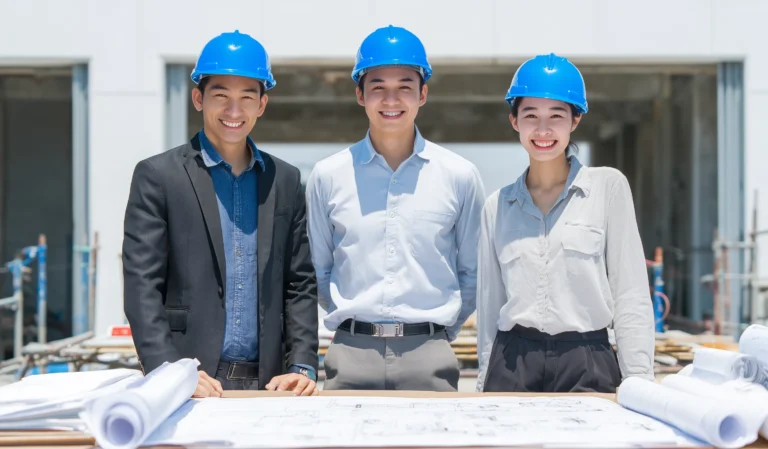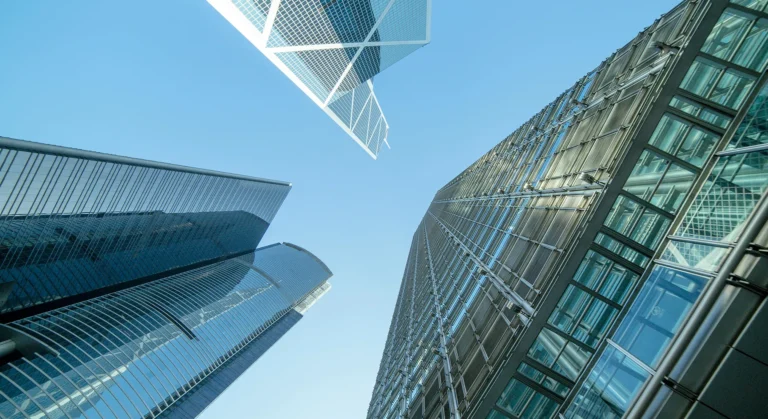With growing environmental awareness, green buildings are becoming the new standard for urban development in Hong Kong. Data from the Hong Kong Green Building Council shows that the number of green building certification projects in Hong Kong has increased by 300% over the past five years, reflecting rapidly growing market demand for sustainable construction.
The Hong Kong government’s “Climate Action Plan 2050” explicitly requires that all new buildings must meet BEAM Plus Platinum or Gold standards. This policy has forced developers and contractors to reconsider building design concepts and adopt more environmentally friendly materials and technologies. Solar panels, green roofs, and rainwater harvesting systems have become standard features in new projects.
Notably, green retrofitting of existing buildings also presents development opportunities. Hong Kong has over 40,000 buildings older than 30 years, most of which have low energy efficiency. By installing energy-saving equipment, updating air conditioning systems, and improving insulation, energy consumption can be reduced by 30% to 50%. The building energy-saving retrofit solution recently launched by Hong Kong Golkia Company has been successfully applied in several commercial buildings, saving owners an average of 25% in energy costs.
Although green buildings have promising prospects, they still face cost and technical challenges. The construction cost of green buildings is 5% to 15% higher than traditional buildings, with a longer investment return period. Additionally, Hong Kong lacks professional green building technical talent, and related training systems are still underdeveloped.
Industry experts believe that with the maturation of carbon trading markets and the enrichment of green financial products, the economic viability of green buildings will further improve. It is estimated that by 2030, the green building market in Hong Kong will exceed HKD 50 billion, becoming the fastest-growing segment in the construction industry.





